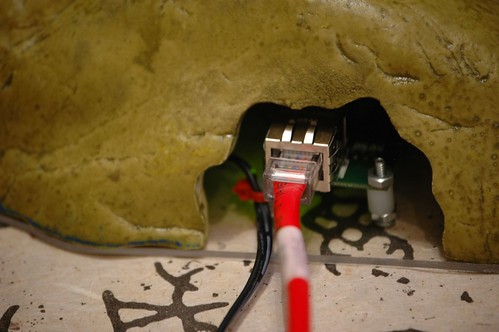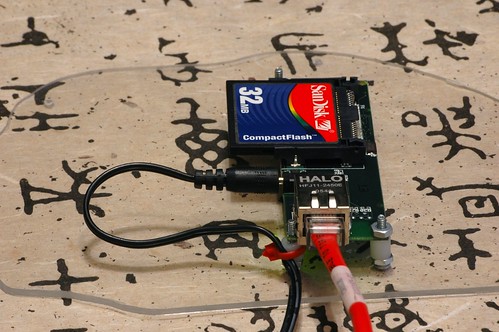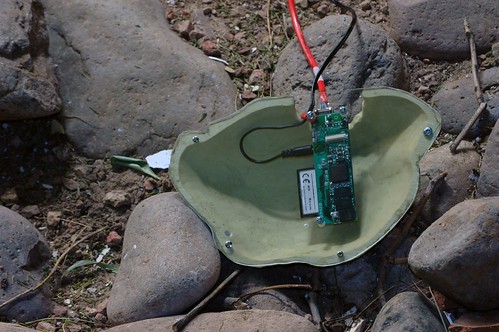Pet Rock Finally Has a Purpose
"According to our experts' assessments, this device costs several tens of millions of pounds. You could only create this technological wonder in laboratory conditions."(Russian FSB)
It is imperative that the
 Meet Rock’nStix: it’s a work in progress, yet the possibilities are endless. At this moment the rock houses a Gumstix connex 200xm running at 200Mhz with 64Mb of ram and a NetCF expansion board. Gumstix computers are literally the size of a stick of gum, which makes them perfect for sticking in places where computers should never go. These little computers run Linux kernel 2.6.11 and are very versatile. The NetCF board attached to the gumstix adds real functionality with a Compact Flash slot and a full 10/100 Ethernet connection. Adding a 802.11g CF card would allow the rock to connect wirelessly to a network; imagine a “spy rock” mesh network. Gumstix are available with built-in Bluetooth for downloading all of those top secret blueprint photos from your camera phone. That feature alone rivals British infrared transfers. All of this fits inside a faux rock with plenty of room to spare. I’d like to see some padding and waterproofing added to the rock later on. Future versions might even include battery power, wireless technologies, audio, and maybe even a GPS. My rock can beat your scissors any day.
Meet Rock’nStix: it’s a work in progress, yet the possibilities are endless. At this moment the rock houses a Gumstix connex 200xm running at 200Mhz with 64Mb of ram and a NetCF expansion board. Gumstix computers are literally the size of a stick of gum, which makes them perfect for sticking in places where computers should never go. These little computers run Linux kernel 2.6.11 and are very versatile. The NetCF board attached to the gumstix adds real functionality with a Compact Flash slot and a full 10/100 Ethernet connection. Adding a 802.11g CF card would allow the rock to connect wirelessly to a network; imagine a “spy rock” mesh network. Gumstix are available with built-in Bluetooth for downloading all of those top secret blueprint photos from your camera phone. That feature alone rivals British infrared transfers. All of this fits inside a faux rock with plenty of room to spare. I’d like to see some padding and waterproofing added to the rock later on. Future versions might even include battery power, wireless technologies, audio, and maybe even a GPS. My rock can beat your scissors any day.



I used an Exo-Tera pet habitat rock and a piece of Plexiglas to create the housing. Three #4 machine bolts mount the electronics to the Plexiglas. A couple of screws hold the plexi to the rock and form the bottom of the housing. A Dremmel with a fiberglass reinforced cutoff wheel makes cutting the plexi fairly easy. Connections to the Gumstix are run through the little pet hole in the back/front of the rock.



